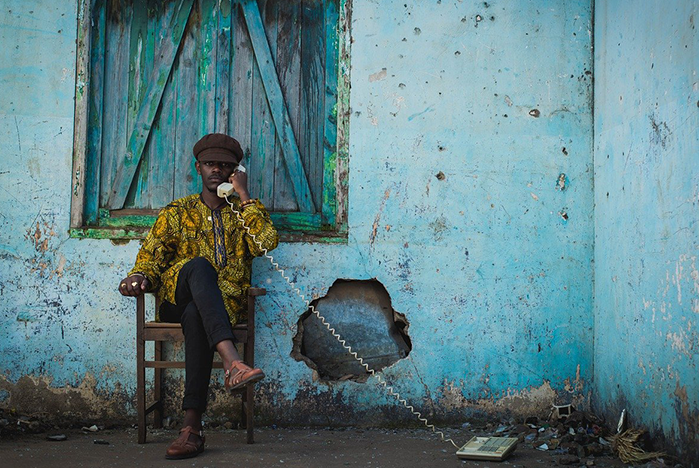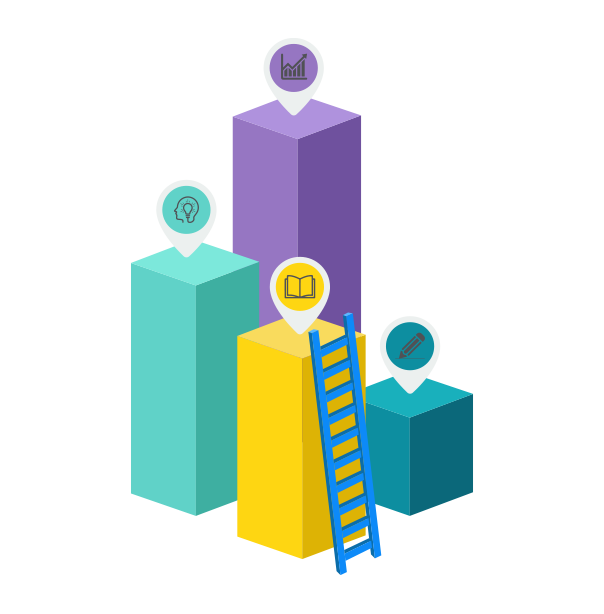

Let's face it, peacebuilders and third-sector workers in fragile states aren't always digitally savvy, and mechanisms need to be put in place to make PeaceTech more human-centric. The PeaceTech Alliance aims to do just that, but collectively, giving peacebuilders the opportunity to set the agenda.


We unite diverse stakeholders to co-create projects and host events that connect policy, technology, and grassroots peacebuilding efforts.
We embrace open-source technologies to foster transparency, innovation, and accessibility, empowering communities to enhance peacebuilding tools.
We craft compelling narratives that influence policy and guide organisations in creating policies that promote lasting peace and technological progress.
We harness cutting-edge technologies to deliver sustainable, scalable solutions that advance transparency and drive peacebuilding globally.



To truly make PeaceTech accessible, we must incorporate diverse voices – from tech experts to field workers who might not be tech-savvy. This inclusivity is key for creating cohesive, universally applicable, and user-friendly PeaceTech. That's why, at the Austrian Institute of Technology, we established the PeaceTech Alliance . It aims to facilitate discussions, collaborations, and the sharing of best practices among field workers. Here's our approach to achieving this goal:
We believe true accessibility of PeaceTech requires a community-centered approach. While decision-makers, peace foundations, and academics engage in discussions and project developments, it's vital to involve those who would actually use this technology. Incorporating the input of on-ground actors in identifying needs and practical usage is essential.
A community-oriented strategy is equally crucial to uncover the drawbacks of PeaceTech and, importantly, to learn from these mistakes. Our goal is to unite individuals and establish an online community focusing on PeaceTech. Just as the Civic Tech movement attracted volunteers to address urban needs using digital skills, we foresee a similar movement within digital peacebuilding.
Creativity is a powerful force, and employing innovative outreach strategies to promote usability within PeaceTech is a formidable tool. On our platform, you'll discover an array of blogs, project profiles, and our podcast. This is a dedicated space to celebrate individuals utilizing technology for peacebuilding, offering us all an opportunity to learn from their experiences, processes, and even the aspects that didn't go as planned.
Beyond our current PeaceTech initiatives, we are committed to cultivating fresh opportunities in this space. In addition to serving as an innovation lab, expect updates on hackathons, diverse events, and toolkits within this space.
collaborate with us
We are inviting Austrian universities, government entities, and peacebuilding organisations to join our coalition as institutional supporters. This is not a financial partnership, but an opportunity to co-shape a growing ecosystem of human-centric PeaceTech.
Supporters may co-design training, contribute to research, organise events, or build networks across Austria. Together, we ensure PeaceTech stays rooted in real-world needs—guided by those working for peace.
Become a Supporter
Technology holds incredible potential for peacebuilding: spanning from conflict prevention and addressing AI biases to understanding migration and enhancing the capacity of on-ground organisations. However, it also comes with its pitfalls, emphasising the need for collective vigilance.
This initiative aims to craft narratives on PeaceTech in collaboration with creators and users, complementing our projects at the AIT. Through this platform, you'll discover practical insights via blogs, podcasts, and toolkits. Additionally, we're developing digital projects to support peacebuilders, enabling them to continue their impactful work in global communities that need them the most.
The AIT Austrian Institute of Technology, a European leader in research, is dedicated to addressing crucial infrastructure challenges. As a bridge between industry and public institutions, AIT is pioneering innovative technologies, methods, and tools.
With a focus on future-oriented solutions, AIT is shaping the tomorrow of industries in Austria and beyond. While rooted in Austria, AIT's global perspective is evident in its contributions to peace technology through the PeaceTech Alliance.
This international focus aligns perfectly with AIT's motto "Tomorrow Today," as the institute strives to create a better future by addressing the challenges of the present.





Latest Publications

PeaceTech Alliance / Austrian Centre for Peace

With the Open Knowledge Foundation

PeaceTech Alliance talk at the OSCE